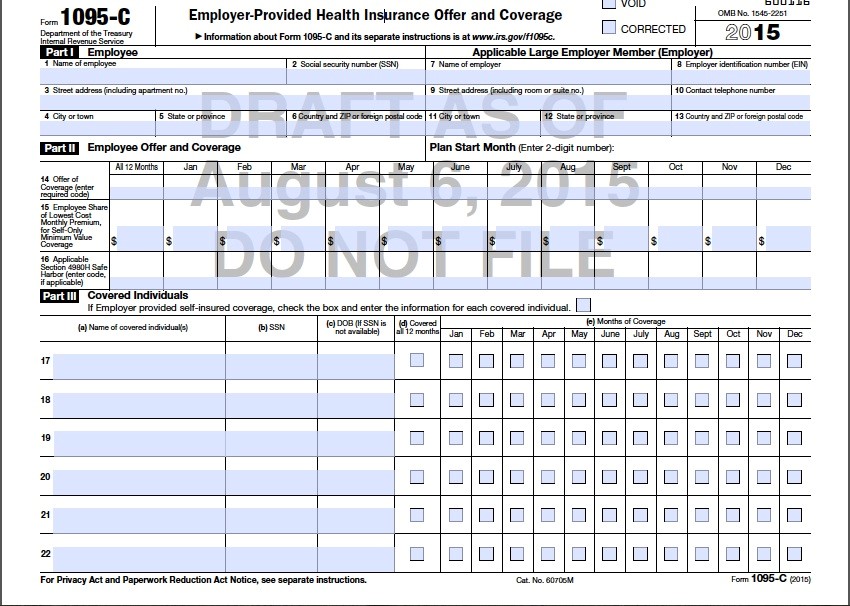ACA Employer Mandate:Employment Questions (part 3)
In previous posts on employment status under the ACA, we have focused on full-time equivalency (FTE) and how it’s determined for applicable large employers (ALES), and the various types of employment and how they accrue up to FTE. Today’s post centers on the ever-important measurement periods, set amounts of time that employers use to establish full-time (FT) or part-time (PT) employment status.
.png?width=1501&name=Nonstop_Logo-22-Horizontal%20(2).png)






